Mondraker Arid Carbon
Wheel Size: 700c
Travel:
- Frame: N/A
- Fork: N/A
Geometry Highlights:
- Sizes offered: S, M, M/L, L, XL
- Headtube angle: 70°
- Reach: 411 mm (M/L)
- Chainstay length: 425 mm
Frame Material: Carbon fiber
Price:
- Complete bikes: $3,299 USD to $9,799 USD (see build details below)
- Frameset: $2,199 USD
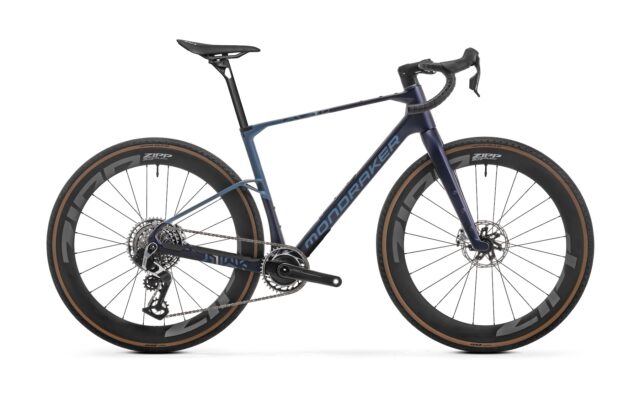
Intro
Despite a long history of making non-electric mountain bikes, Mondraker’s entry into the Gravel world was an eGravel bike — the Dusty. At least in my corner of the world, eGravel bikes are still a tiny fraction of the Gravel market, so it’s perhaps unsurprising to see Mondraker adapting what they learned from the Dusty to an unassisted Gravel bike in the Arid Carbon. Mondraker emphasizes the adaptability of the Arid Carbon, and it certainly has an eye-catching aesthetic. But what details has Mondraker included to help it stand out? Read on for more.
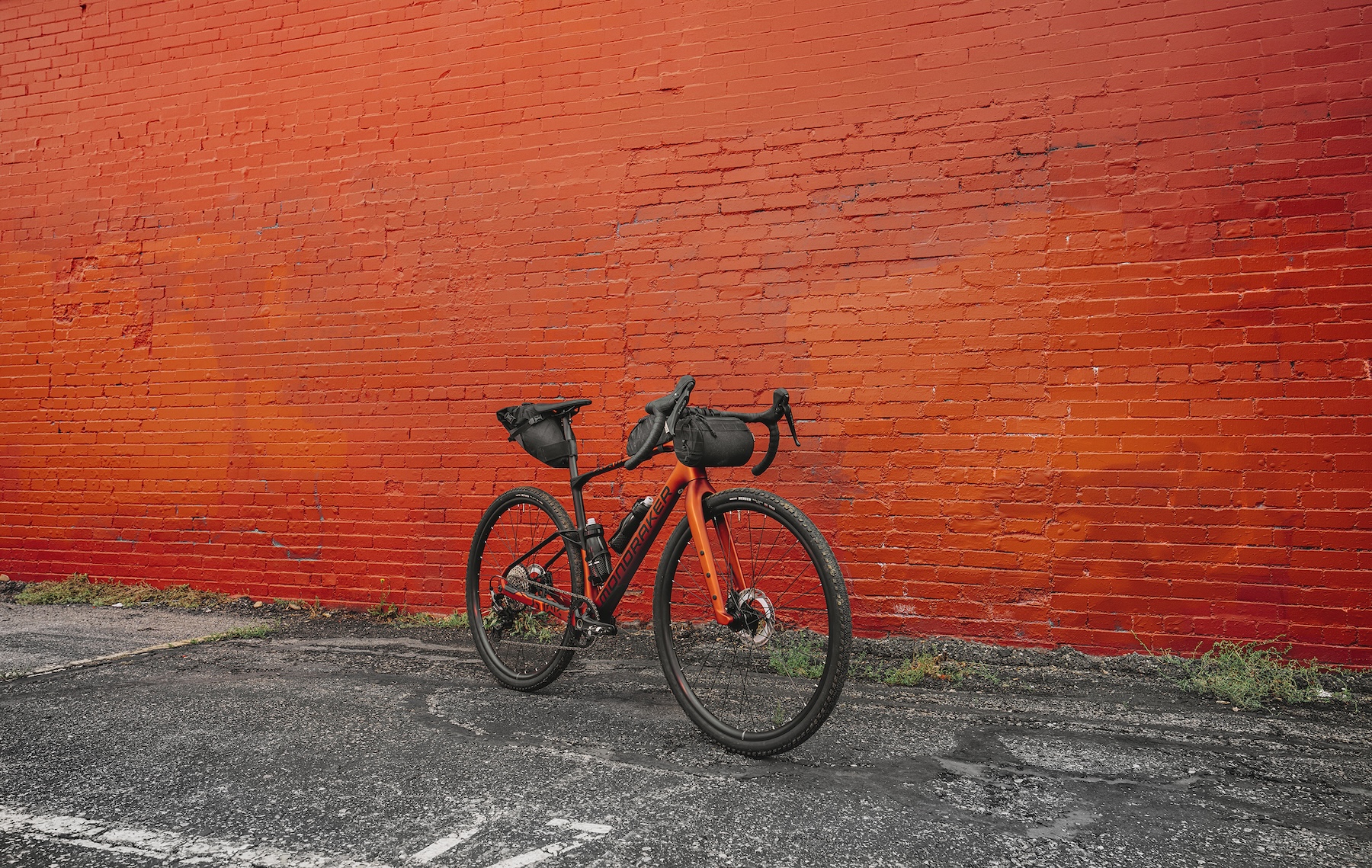
The Frame
Mondraker’s Stealth Air Carbon construction forms the basis of their highest-end carbon frames, and that’s the case with the Arid Carbon, too. Mondraker specifically calls out high stiffness at the head tube and bottom bracket for responsive handling and poise under power but also mentions prioritizing compliance from the rear triangle to help increase comfort. The unique rear triangle layout looks nice, but also supposedly increases the frame’s ability to manage vibrations and makes for a more comfortable ride in rougher terrain.
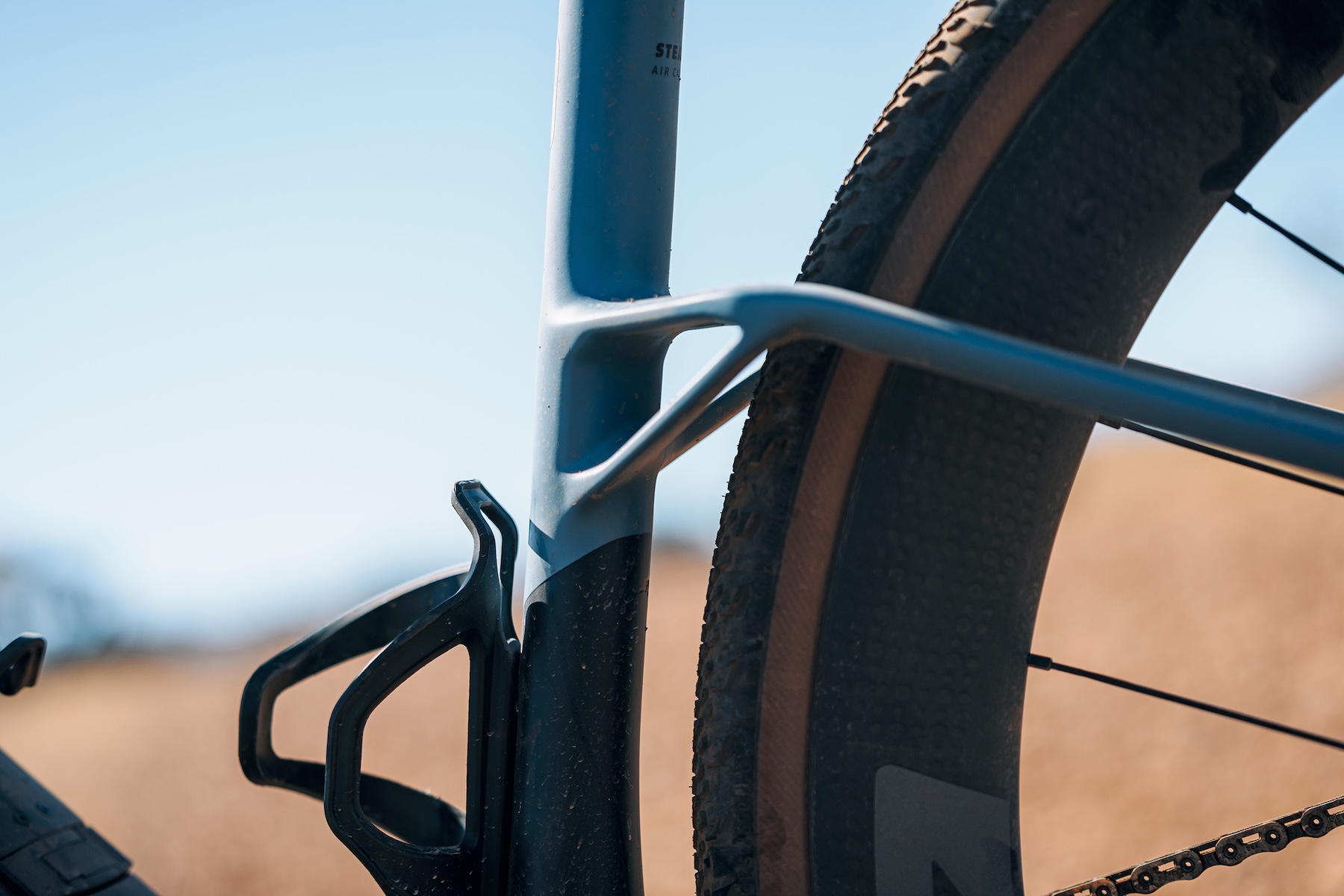
Mondraker routes all of the cables through the headtube, though does include internal cable guides to make the process perhaps slightly less frustrating if you need to replace housing or re-route a brake line. A UDH rear derailleur hanger opens up compatibility with SRAM’s new RED XPLR AXS 13-speed group, which relies on a direct mount Transmission rear derailleur. The Arid is only compatible with single front ring setups, and while mechanics won’t love the headset cable routing, the bottom bracket is threaded to make service a bit easier over press-fit options. The Arid is also approved for tires up to 50mm wide, and both front and rear brakes use the flat mount standard.
Mondraker has gone the extra mile to make sure the Arid provides ample configuration options for riders planning longer Gravel excursions. With mounts on the fork as well as the frame, the Arid can accommodate up to six water bottles — the ‘Arid’ name apparently means they’re prioritizing hydration in hot, dry riding scenarios. In addition to plenty of beverage-carrying capability, Mondraker came up with their new Carry-On internal frame storage solution. Mondraker claims that the cover on the downtube is watertight and dust-proof, and three zippered bags are supplied to help with organization — for example, making sure gummy bears stay separated from sour patch kids, etc.
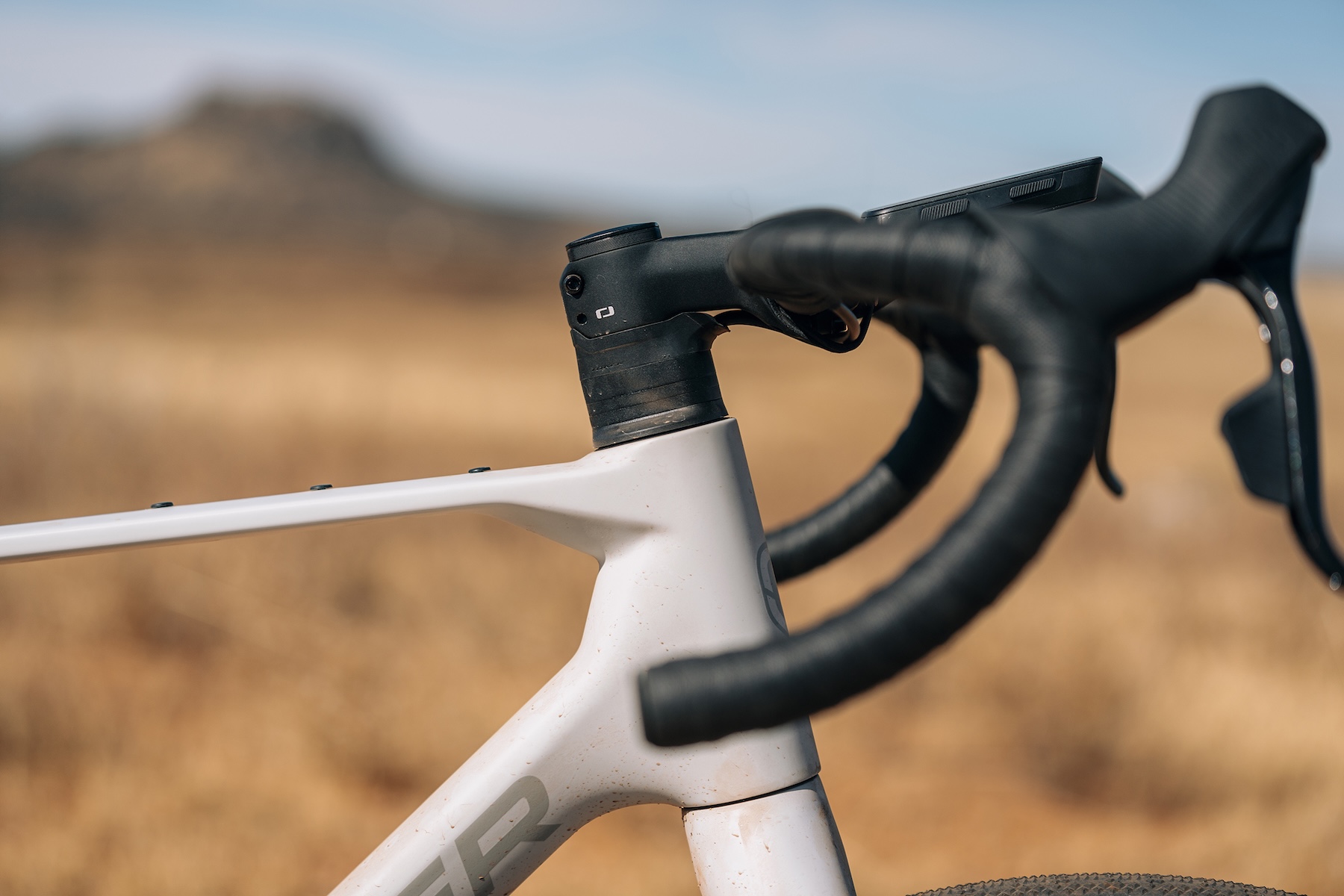
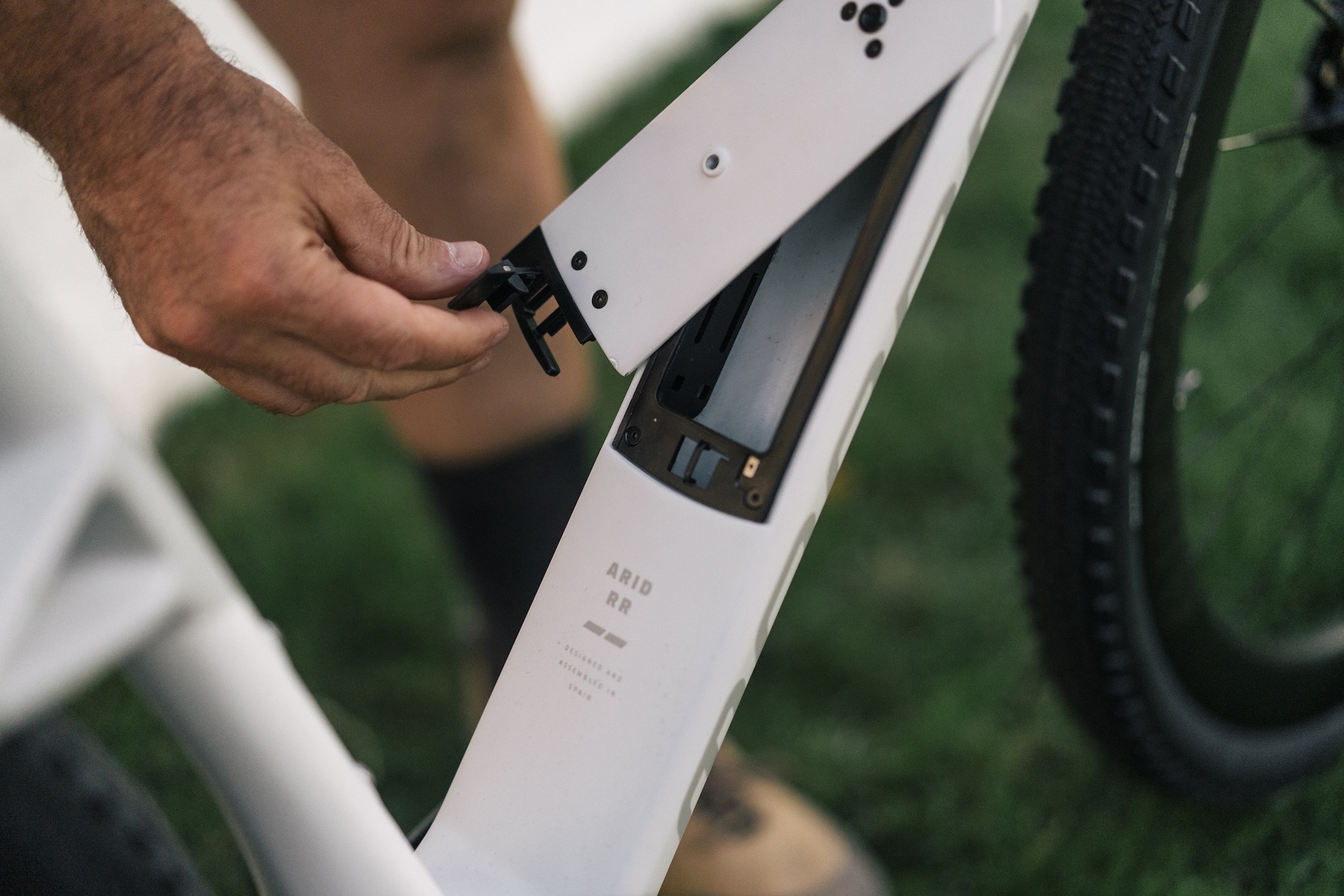
Fit & Geometry
Followers of Mondraker’s mountain bike offerings may be familiar with their Forward Geometry concept, which historically has used longer reaches paired with slacker head tube angles and shorter stems. That same concept has been deployed with the Arid, and while it’s not radical, it’s a bit different than the average Gravel bike in that respect.
There are five sizes, with a middle-ground M/L size to fill the gap between the Medium and Large. All of them get a slightly slacker-than-average 70° head tube angle, which should slow down steering compared to other bikes that often land in the 71°–72° realm. That slacker head tube angle is paired with a shorter stem as well, ranging from a rather stubby 60 mm on the Small to 90 mm on the XL. Using the middle-of-the-road M/L as a reference point, the stem length measures 70 mm and is matched to a 580 mm top tube, with a corresponding 411 mm reach.

There are five sizes, with a middle-ground M/L size to fill the gap between the Medium and Large. All of them get a slightly slacker-than-average 70° head tube angle, which should slow down steering compared to other bikes that often land in the 71°–72° realm. That slacker head tube angle is paired with a shorter stem as well, ranging from a rather stubby 60 mm on the Small to 90 mm on the XL. Using the middle-of-the-road M/L as a reference point, the stem length measures 70 mm and is matched to a 580 mm top tube, with a corresponding 411 mm reach.
Those top tube and reach measures are quite lengthy — for reference, my size Large Orbea Terra M-TEAM has a 570 mm top tube and 395 mm reach. While the popular Canyon Grizl has a 578 mm top tube and 409 mm reach on a size Large, keep in mind we are still comparing that to the M/L size for the Arid — the equivalent Large Arid jumps to a very long 600 mm top tube and 423 mm reach, matched to an 80 mm stem.
Outside of its long and slack-ish front end, the Arid Carbon has fairly compact 425 mm chainstays and a 75 mm bottom bracket drop across all sizes.
Full geometry details are as follows:
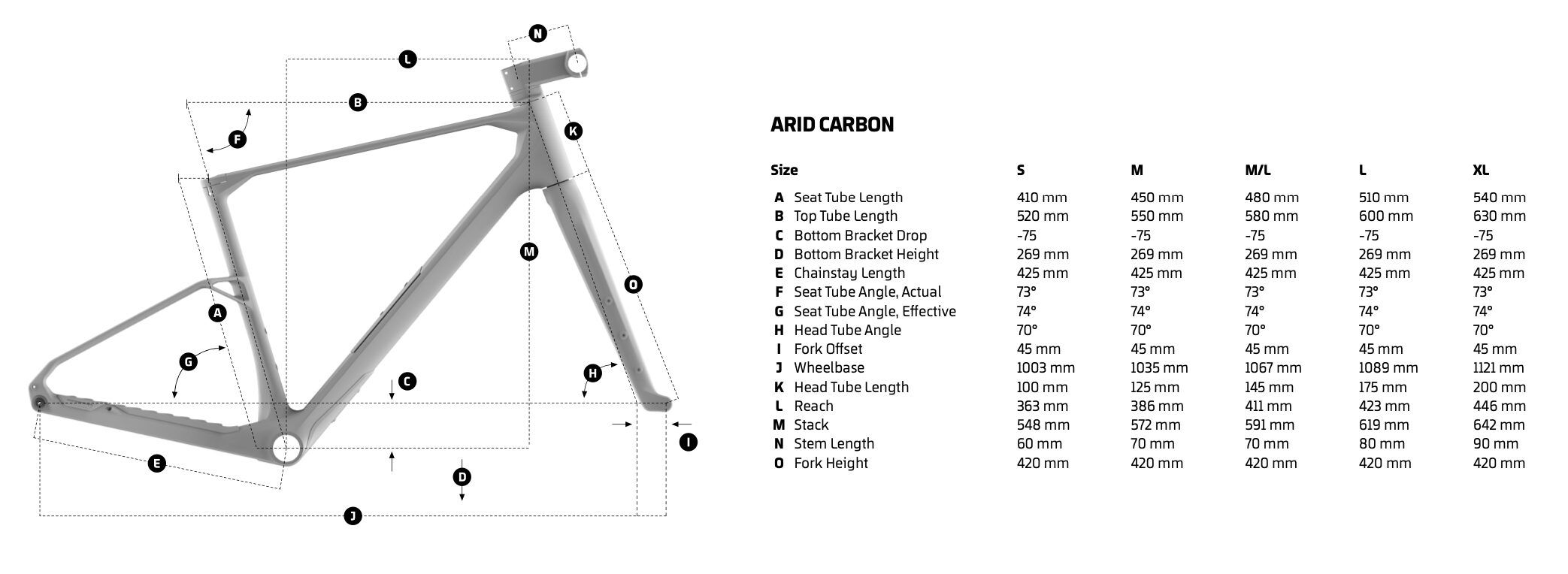
The Builds
All build levels of the Arid Carbon get the same Stealth Air Carbon frame. The Arid Carbon (that’s the baseline build) is the lone Shimano-equipped option, with a 12-speed GRX build kit consisting of RX-610 brakes and levers mated to an RX-822 derailleur. Interestingly, a wide range 10-45 Shimano SLX M7100 cassette has been chosen over a narrower range GRX option. Wheels are the Allroad Disc from Mavic, mated to 45mm wide Maxxis Reaver tires.
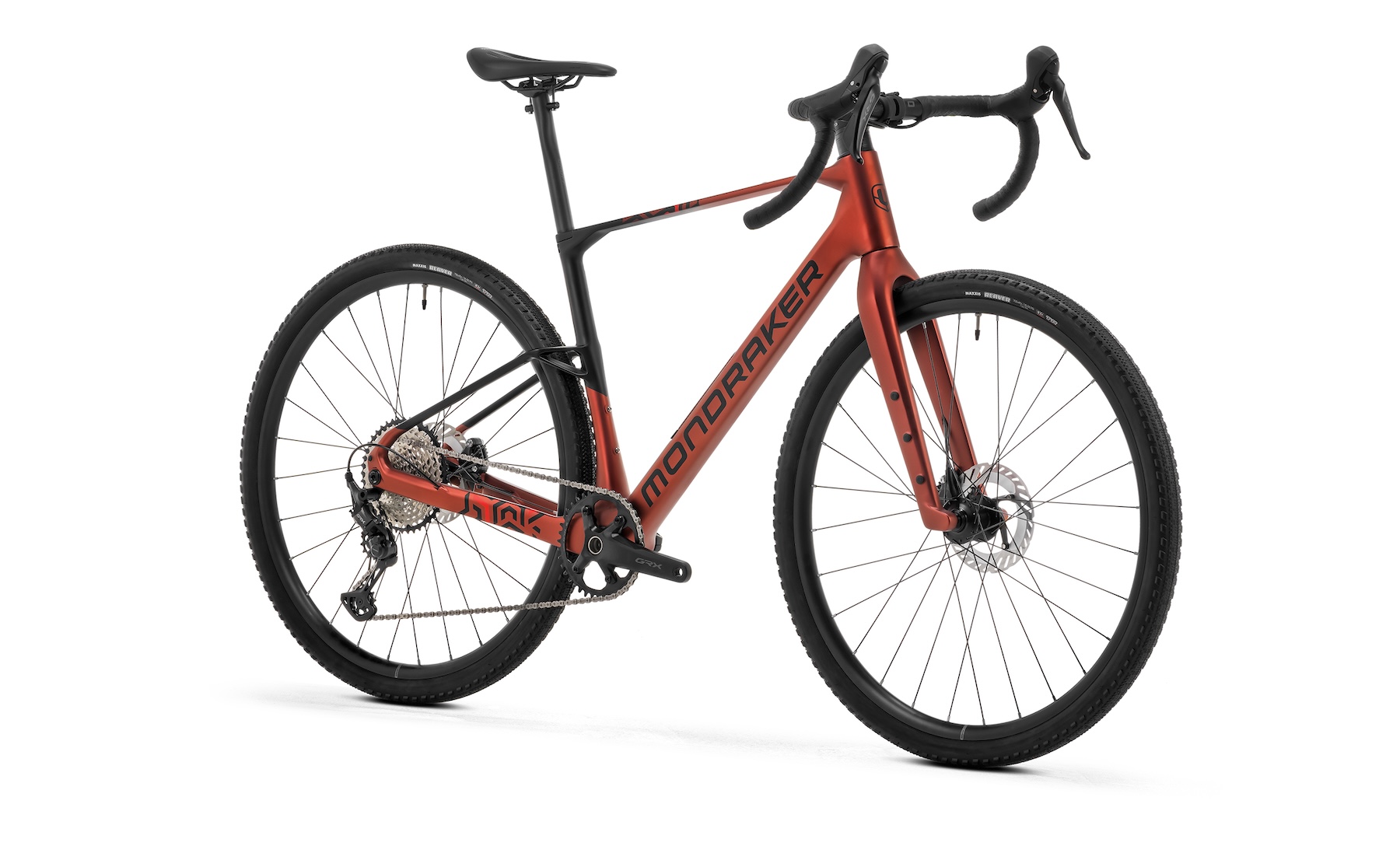
Stepping up to any of the higher-spec models gets you electronic shifting from SRAM. The next step is the R build, with 12-speed Rival Etap AXS shifting and brakes, along with Mavic Allroad SL wheels. The RR build upgrades to Force Etap AXS shifting and Mavic Allroad Pro Carbon SL wheels, and the top-step RR SL build springs for SRAM’s RED AXS 13-speed drivetrain matched to Zipp 303 XPLR SW carbon wheels.
Across all models, Mondraker’s in-house OnOff component brand provides a lot of the finishing parts like headsets, stems, handlebars, seatposts, etc. The base model Arid Carbon gets aluminum bars, while the rest get carbon ones.
Detailed spec highlights are as follows:
- Drivetrain: Shimano GRX RX-610, RX-822 rear derailleur (12-speed)
- Brakes: Shimano GRX RX-610 (160 mm rotors)
- Fork: Mondraker Stealth Air Carbon
- Wheels: Mavic Allroad
- Dropper Post: N/A
- Drivetrain: SRAM Rival Etap XPLR AXS (12-speed)
- Brakes: SRAM Rival Etap AXS (160 mm rotors)
- Fork: Mondraker Stealth Air Carbon
- Wheels: Mavic Allroad SL
- Dropper Post: N/A
- Drivetrain: SRAM Force Etap XPLR AXS (12-speed)
- Brakes: SRAM Force Etap AXS (160 mm rotors)
- Fork: Mondraker Stealth Air Carbon
- Wheels: Mavic Allroad SL Pro Carbon
- Dropper Post: N/A
- Drivetrain: SRAM RED XPLR AXS (13-speed)
- Brakes: SRAM Rival Etap AXS (160 mm rotors)
- Fork: Mondraker Stealth Air Carbon
- Wheels: Zipp 303 XPLR SW
- Dropper Post: N/A
Mondraker also makes the Arid Carbon RR SL frameset available on its own for $2,199 USD.
Some Questions / Things We’re Curious About
(1) How does Mondraker’s long and slack(ish) geometry concept carry over to a Gravel implementation as far as fit and on-trail performance?
(2) With the Gravel category seeing a range of frame designs and philosophies on geometry, where does the Arid Carbon fit in on the spectrum of more relaxed versus race-ready?
Bottom Line (For Now)
The Arid Carbon may be Mondraker’s first effort at a non-electric Gravel bike, but they’ve managed to pack quite a few features and some novel geometry into their first offering. It looks great, but we’ll have to see for ourselves how the historically mountain-focused Spanish brand has done with their first effort. Fortunately, we should have a chance to do that in the coming months, so stay tuned for more.
